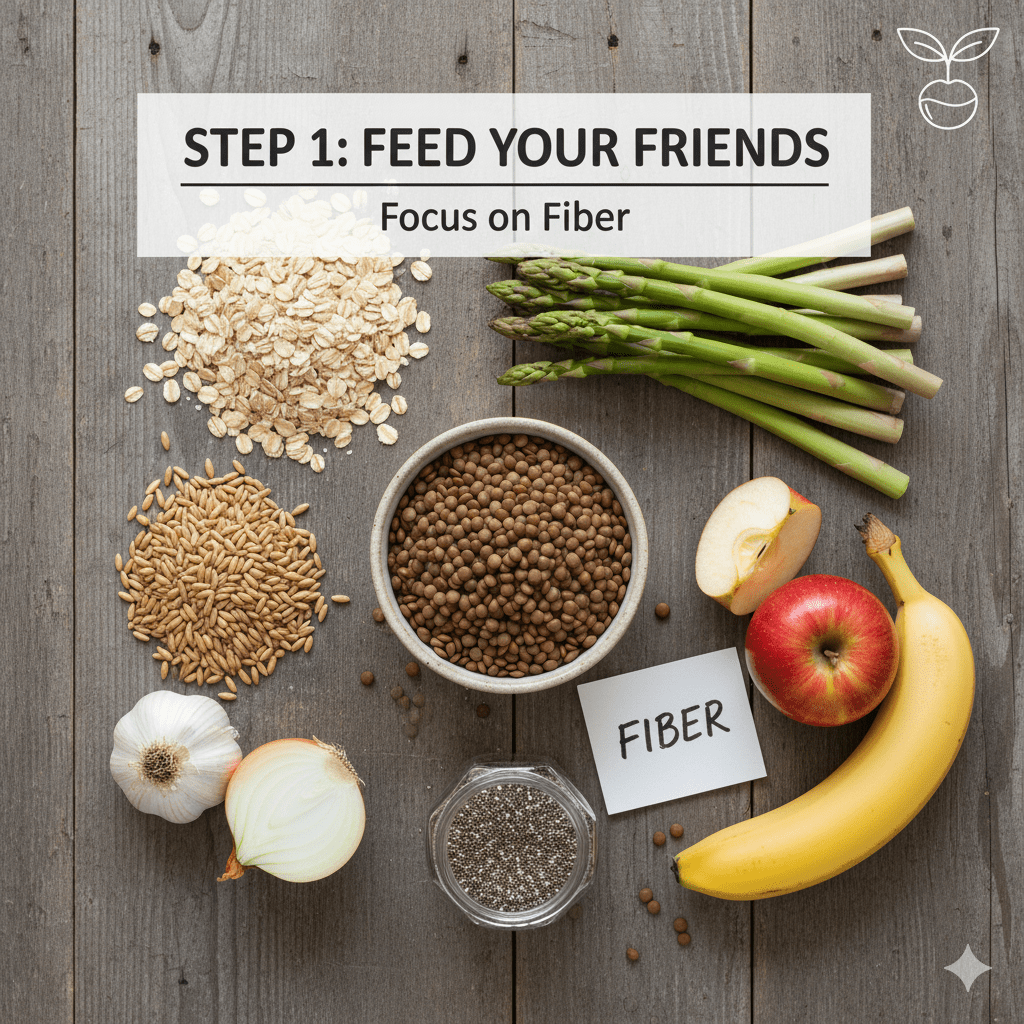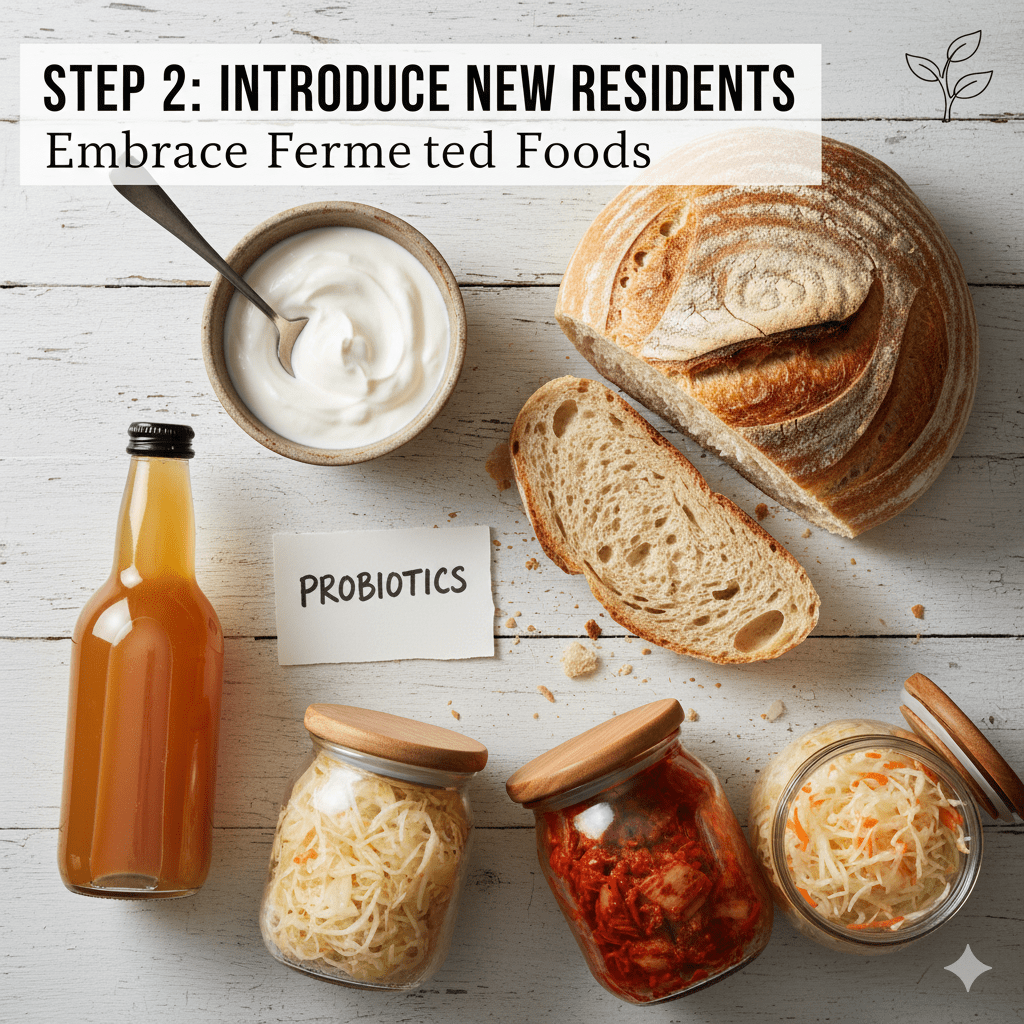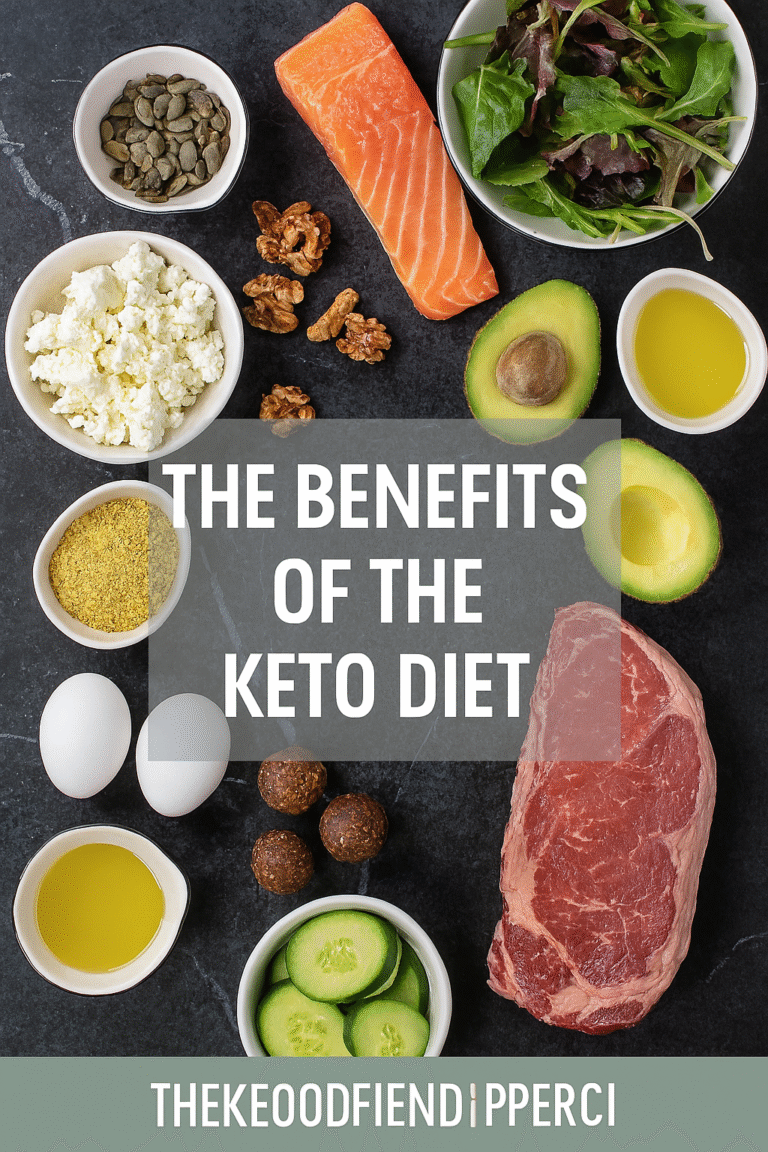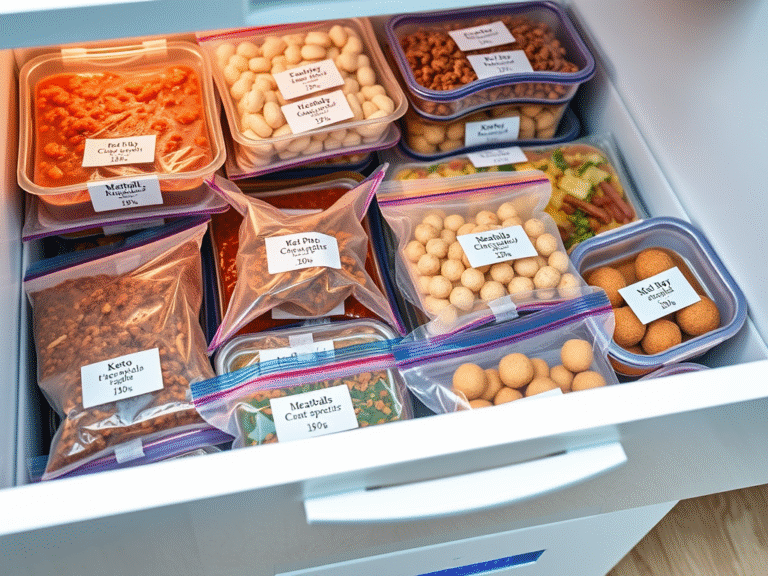Feeling sluggish? Battling the afternoon slump? Your gut—that incredible, complex ecosystem of trillions of bacteria, often called your “second brain”—might be calling for help.
It’s easy to get overwhelmed by complex diets and expensive supplement routines, but nurturing your gut doesn’t have to be complicated. Forget the fads. A happy gut, which directly influences everything from your mood and energy levels to your immune system, comes down to three fundamental, budget-friendly habits: Fiber, Ferments, and Fluids.
Let’s dive into the simple 3-step plan that can help you rebuild consistency and dramatically improve your digestive health starting today.
Step 1: Feed Your Friends (Focus on Fiber)
Think of the beneficial bacteria in your gut as tiny, hardworking employees. Fiber is their favorite food. When you eat fiber, especially soluble fiber, your gut microbes break it down in a process called fermentation, which produces short-chain fatty acids (SCFAs). These SCFAs are vital, as they are the primary source of nutrition for the cells lining your colon.

The Action: Focus on increasing prebiotic foods, which contain the specific fibers your microbes love.
- Legumes (Lentils, beans)
- Whole grains (Oats, barley)
- Vegetables (Asparagus, garlic, onions)
Step 2: Introduce New Residents (Embrace Fermented Foods)

While fiber feeds the bacteria already in your gut, fermented foods actually introduce new, beneficial bacteria, known as probiotics. The goal isn’t to take a pill, but to integrate natural sources of live cultures into your daily diet.
The Action: Start small and find ferments you enjoy.
- Yogurt/Kefir: Look for “live and active cultures” on the label.
- Sauerkraut/Kimchi: Naturally fermented cabbage.
- Kombucha: Fermented tea.
Why Heritage Sourdough is Your Gut’s Best Friend
When discussing fermented foods, one item deserves a special spotlight, especially for those sensitive to conventional bread: Heritage Sourdough.

Unlike commercial breads, which use fast-acting yeast, true sourdough relies on a slow, natural fermentation process driven by wild yeast and Lactobacillus bacteria. This long process changes the nature of the bread in two powerful ways:
- Lower Glycemic Index (GI): The bacteria consume many of the simple carbohydrates, resulting in a slower release of sugar into your bloodstream.
- Improved Absorption: The lengthy proofing time breaks down compounds like phytic acid, making the vitamins and minerals in the grain (such as B vitamins, iron, and zinc) significantly easier for your body to absorb.
If you love bread but want to support your gut, choose high-quality sourdough made from heritage grains and a truly long fermentation process.
Step 3: Keep Things Moving (Hydration is King)
You can eat all the fiber and ferments in the world, but without adequate water, you’ll feel heavy and potentially constipated. Water is essential for moving the bulking fiber through your digestive tract, preventing blockages, and ensuring overall intestinal flow.

The Action: Make water your priority. Aim for half your body weight in ounces of water per day, and always drink a glass when you eat a high-fiber meal.
The Actionable Takeaway: Your Budget-Friendly Gut Shopping List
Here are five simple, budget-friendly foods you can add to your list this week to start implementing the 3-Step plan:

- Rolled Oats: Excellent source of soluble fiber (prebiotic).
- Lentils: High in both protein and fiber (prebiotic).
- Plain Kefir (or Yogurt): Packed with live cultures (probiotic).
- Bananas: Contain a type of resistant starch that acts as a prebiotic.
- High-Quality Heritage Sourdough Bread: A delicious, low-GI fermented food source.
This plan isn’t about restriction; it’s about adding in nutrient-dense foods that serve your digestive system. Start with one step, like swapping your afternoon snack for a fiber-rich choice or ensuring you drink an extra glass of water, and watch your happy tummy thank you!







